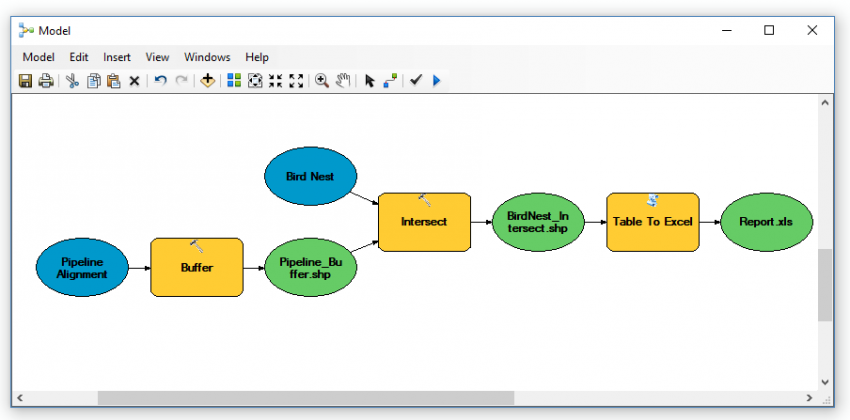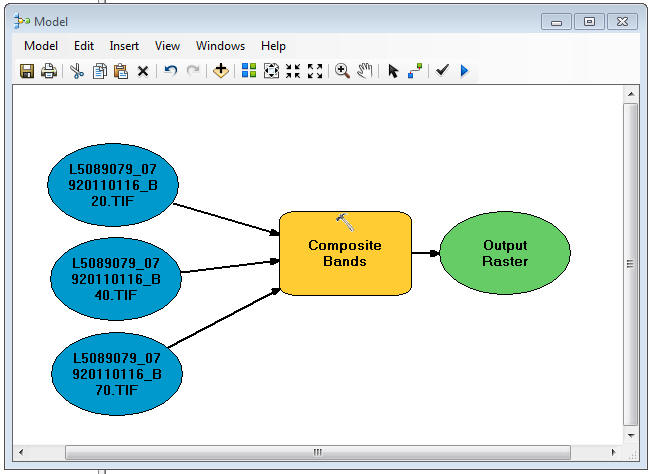

This happens if you’ve got an editing session open, which pretty much locks up making changes like this. From the menus go to the Window menu and you’ll see you can click on the Table of Contents:Īdding a new field is a fundamental thing with attribute tables but sometimes when you go to add a field, you see this: It’s like getting in the car and the steering wheel is gone. Sometimes, your Table of Contents simply goes missing: You could try this with OneDrive, but I would wouldn’t recommend it.) (Another option is to use Dropbox to keep all your files in one place. It might mean copying/clipping layers from off of J: and into your transportable folder as your laptop at home won’t be able to find the J: drive very easily.

This could save you a lot of heartache but does mean that you’ve got to be aware of where all your layers are and that they’re all in the same place. In this example, it would ignore “H:\” and just look in the ERST202 folder. This simply means that ArcMap is going to disregard the whole path and just look in the local folder for the data.

Second, go to File > Map Document Properties and tick the wee box at the bottom reading “Store relative path name to data sources”: First, make sure your data and map are in one folder. Happily, again, there’s an easy way to prevent this before you copy. When you open the map, it’s awash in red. So you dutifully copy everything to a USB drive and then copy to a new location on a different computer. Say you’re working on a map on your H: drive and you want to work on this on your laptop or home computer. Doing the same with one of the raster layer should fix the three en masse.Īs a side note – this often happens when copying maps and data between places. Alternatively, click on the mark itself and redirect there:Īs a double bonus, doing it this way has reset the paths for the other vector layers. Happily it’s pretty easy to fix and we are now armed with the information we need – the path to the proper layer.īack in ArcMap, you can either go back to Properties > Source, click the “Set Data Source” button and redirect it, but you’ll have to do this layer by layer. So this appears to be the problem – this must be a very old map document because now those layers are in a geodatabase rather than as separate shapefiles.Įven though the layer name is the same, it’s in a different format so as far as ArcMap is concerned, what it’s looking for isn’t there, hence the red exclamation mark. Let’s have a look in that folder and see why it’s not finding it: So it’s looking for a Rivers shapefile in J:\Courses\ERST202\WMS. This isn’t so helpful for the other layers so let’s dig deeper by right-clicking on one of the layer names and going to Properties > Source: We can see that it’s looking in J:\Data\Coastline for the “coastline” layer – and has found it. When clicked, the path to each layer is shown in the Table of Contents: It also keeps track of tools that you’ve run.Īn easy way to see where the map document is looking is to click the “List by Source”īutton. It keeps track of what layers are on the map as well as how you’ve symbolised your map in the same way that a Word document stores all your changes. The main function of a map document is to store all the settings for your map. They can be fixed by redirecting ArcMap to look in the right location.Ī quick aside about map documents. These occur when ArcMap can’t find the layers that are on the map. Sometimes it happens when you open an ArcMap map and you see the dreaded red exclamation marks: Under that menu, go to Extensions and tick the box next to the extension listed in the error message – Spatial Analyst in the above example (probably the most common one): To fix this problem, go the menus at the top of ArcMap (or ArcCatalog) and look for “ Customize” (sic). We have access to them through our academic site license. Back in the day, they had to be purchased separately and had their own licenses and needed to be “turned on”. There are several built in “extensions”, like Spatial Analyst and 3D Analyst, that provide extra functionality. You go to use a tool from ArcToolbox and get this:įor many, this is the first of many unexplained ArcGIS errors – but it’s one of the easiest to fix. This is one of the most common problems arising. You’ll see that there are actually six problems listed below – one of them has no easy fixes. what, only 5?!?) and hopefully their fixes. In this post we’ll look at the top five common problems encountered with ArcGIS ( Ed. And it doesn’t get any better as you do the problems just transmogrify into different kinds of challenges. There’s no getting around the fact that GIS is frustrating.
#Model builder spatial analyst fails on python export how to
This post covers some of the common problems that arise with ArcGIS, and how to fix them.


 0 kommentar(er)
0 kommentar(er)
